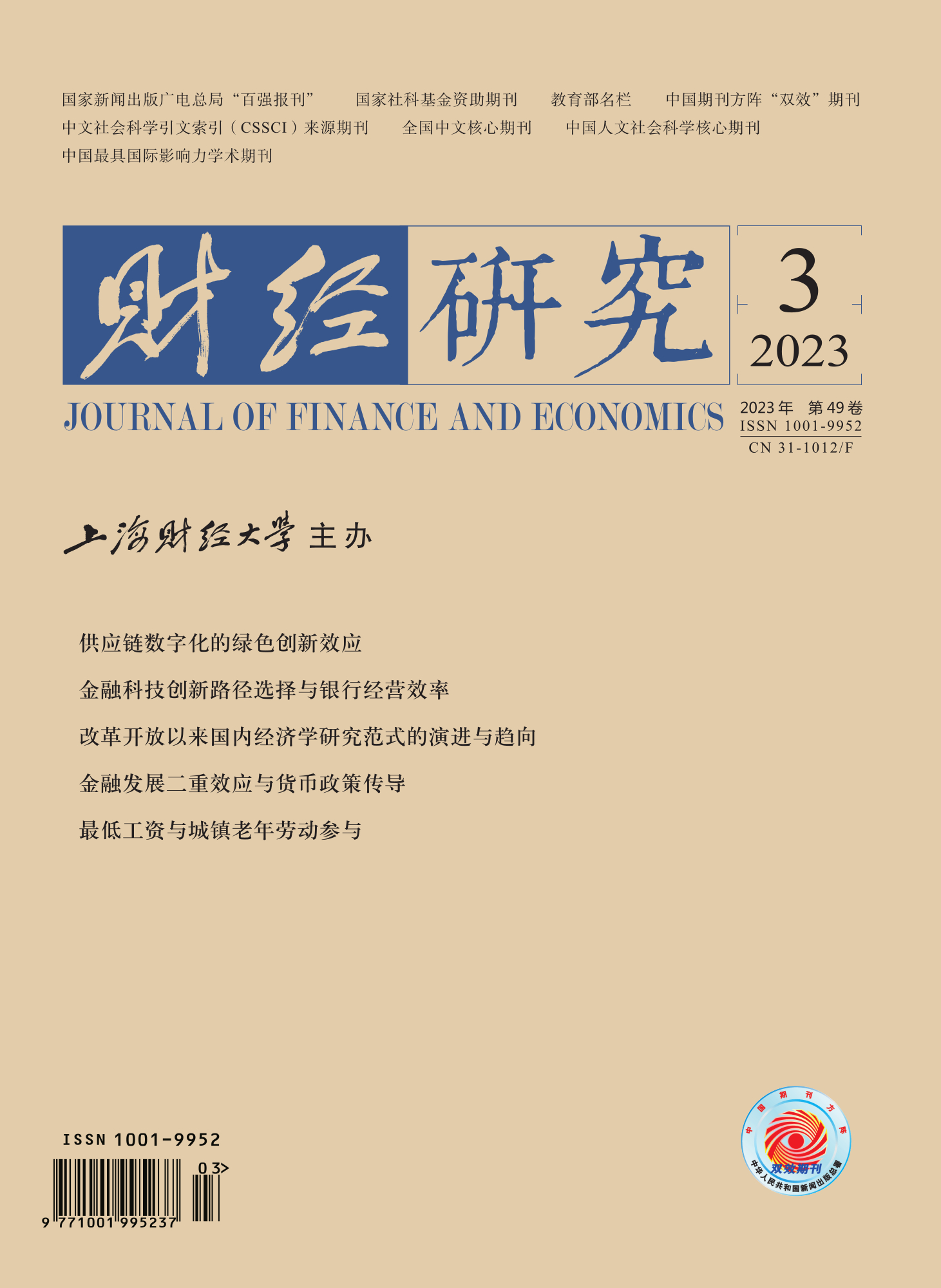As an important intermediate input in manufacturing industry, producer services play an important role in maintaining the continuity of manufacturing process and promoting technological progress in manufacturing industry. Therefore, the inter-regional accessibility and tradability of producer services will significantly affect the regional spatial distribution of manufacturing firms. Then, can the establishment of spatial correlation between producer services in different regions alleviate the pain of manufacturing firms’ demand for service factors after cross-regional investment? This is the focus of this paper.
This paper uses the modified gravity model to calculate the spatial correlation of producer services between China’s two provinces from 2004 to 2020, manually sorts out the number of subsidiaries invested by listed manufacturing companies in other places, and constructs theoretical and econometric models to explore the impact of the spatial correlation of producer services on the cross-regional investment of manufacturing firms. The results show that: (1) The spatial correlation of producer services has a strong driving effect on the cross-regional investment of manufacturing firms. Mainly, the spatial correlation of segmented producer services such as information technology, Fintech and computer software significantly promotes cross-regional investment. (2) The spatial correlation of producer services promotes cross-regional investment by increasing the input of service factors between provinces. Moreover, the higher the level of inter-provincial transportation connection and information technology connectivity, the more obvious the positive effect of the spatial correlation of producer services. (3) Based on the business type of cross-regional investment subsidiaries, the spatial correlation of producer services plays a greater role in promoting manufacturing subsidiaries; based on the factor-intensive type and equity nature, the spatial correlation of producer services plays a more obvious role in promoting the cross-regional investment of technology-intensive firms and non-state-owned firms.
The marginal contributions are that: First, this paper uses the modified gravity model to calculate the spatial correlation of producer services between regions, which enriches the literature on producer services. Second, based on the internal perspective of manufacturing production input factors, this paper explores the impact and mechanism of the spatial correlation of producer services on the cross-regional investment of manufacturing firms. Third, this paper makes it clear that improving inter-provincial transportation connection and information technology connectivity helps to enhance the spatial correlation of producer services, so as to better promote the cross-regional investment of manufacturing firms.





 3996
3996  2823
2823

